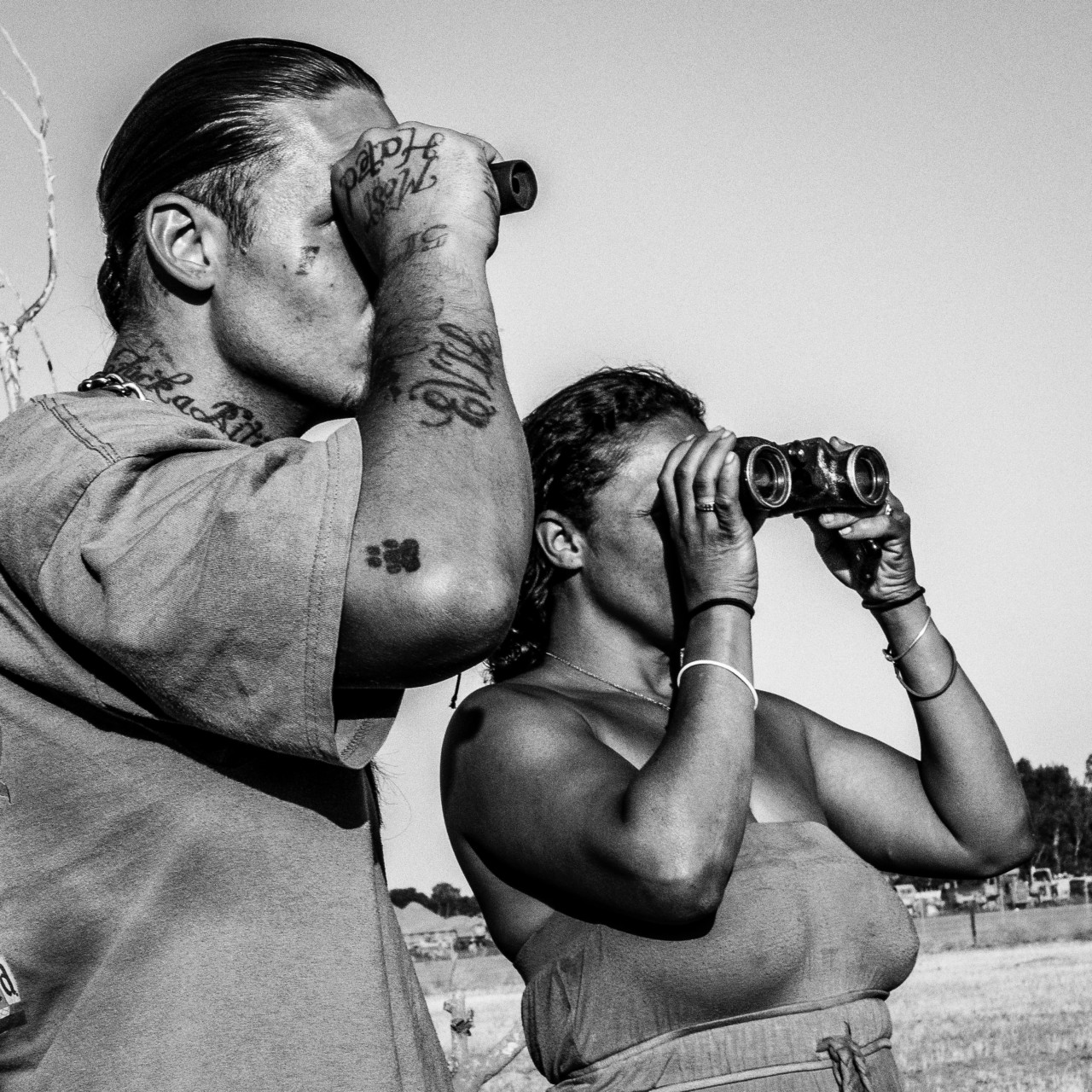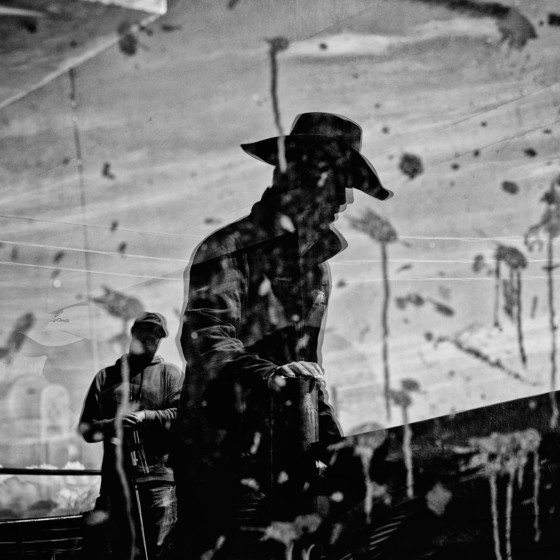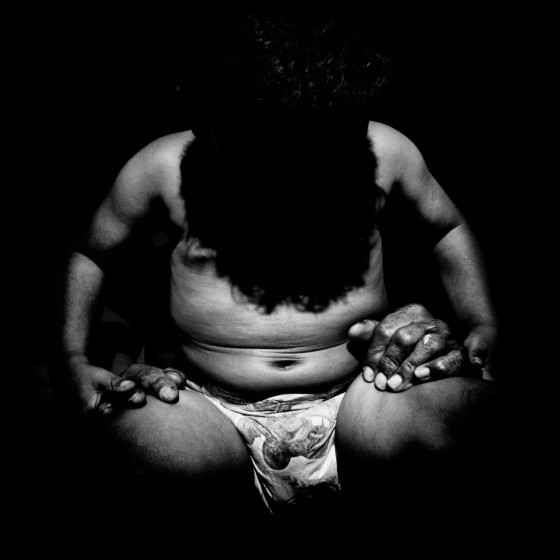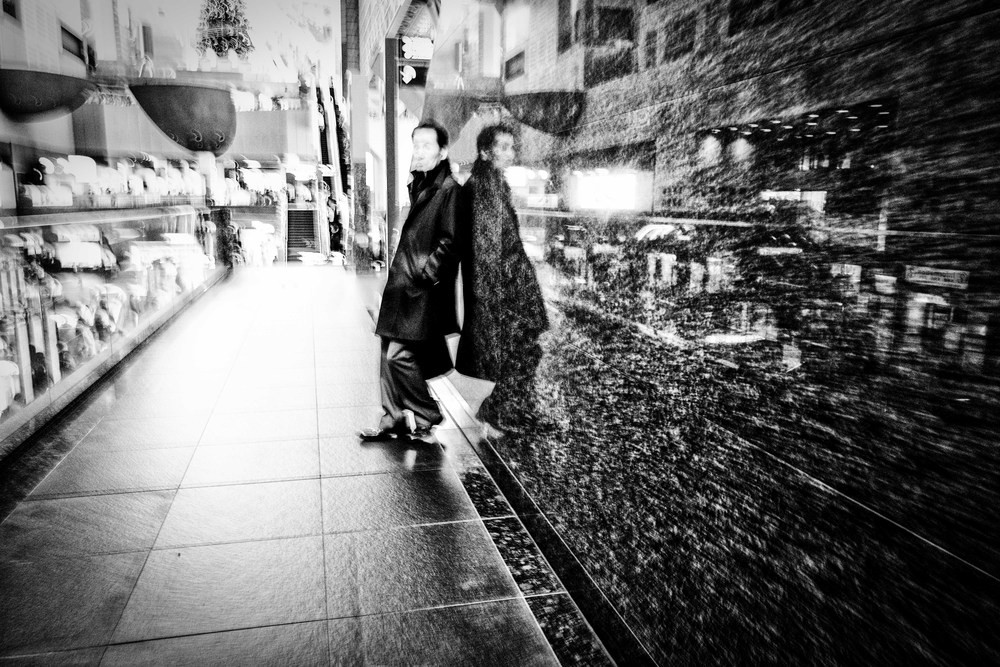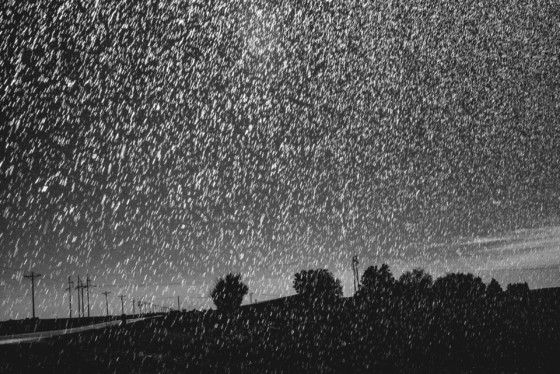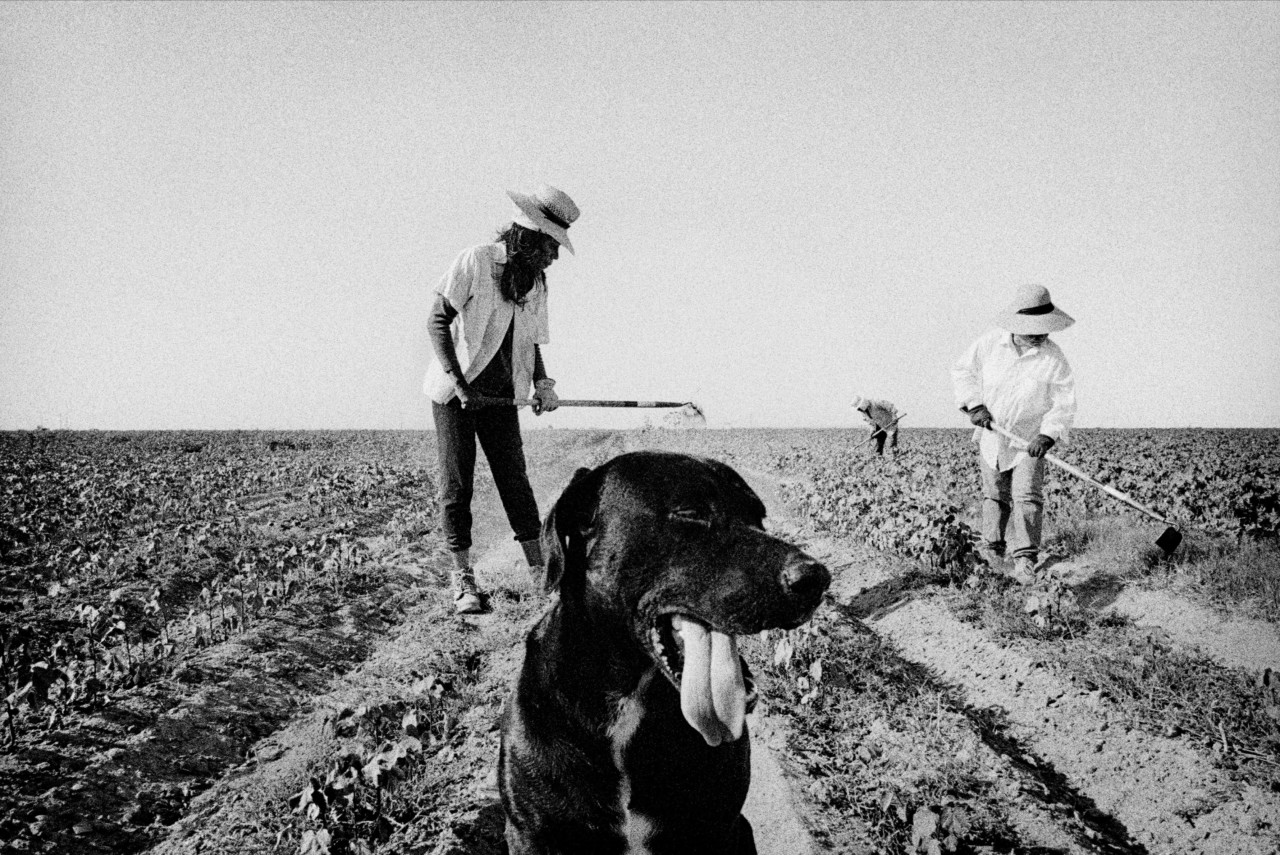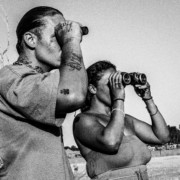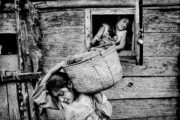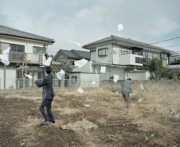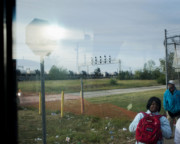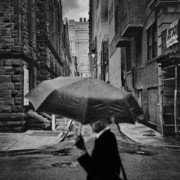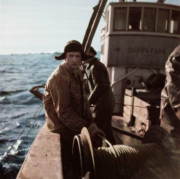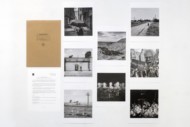Tips for Long-term Photographic Projects
Five lessons in developing and sustaining a long-term photographic project from Magnum and industry insiders
Documentary photography projects may develop over a period of days to years, and longer-term endeavours, although rewarding in the detail and macroscopic storytelling they reveal, require a different level of commitment, planning and a strategic approach to shorter projects. In order to help photographers with feedback and practical tips relating to their long-term projects, Magnum’s Matt Black recently spoke at a Magnum Professional Practice workshop, along with several industry experts, in San Francisco.
Black emphasized the importance of completing a well-done documentary photography project, saying that photographers have a duty to tell these important stories: “As a photographer, you have a moral obligation to publish your work and reach as many people as possible.” Here, we present five tips learned from the event to help photographers everywhere with their long-term projects, illustrated by the work of Matt Black and several photographers who attended the workshop.
Have a mission statement
Projects can be about anything and everything, but the reason for undertaking a specific long-term project has to be clear and you need to be able to communicate why you need to tell the story, and especially why it needs to be told now. In her presentation, Judy Walgren, Editorial Director of media start-up ViewFind said:
“All storytellers should be constantly thinking about why they are drawn to a story and/or subject, and should be aware of how their gender, orientation, their culture and their level of privilege affects the lens through which they perceive the world. For this reason, I feel it is important for photographers to be able to effectively (and concisely) ‘pitch’ their project, including why the story matters – why it has to be told. This ‘mission statement’ is a critical part of a project’s development and can provide the photographer with a solid foundation from which to create the body of work.”
Ask questions
Magnum photographer Matt Black imparted his wisdom on working on projects that were close to his heart and home, stories such as Dry Land and The Black Okies, that he shot in California’s Central Valley, and his wider, long-term project The Geography of Poverty, which maps poverty in contemporary America. Matt’s way of working centers around asking questions as a tool to get to the crux of a story, to engage with his subjects and understand the issues affecting them. The constant struggle to make sense of the world has him asking the question, ‘How can this be?’ and has helped establish his unique perspective on these issues.
Be a good producer
When undertaking a long-term project, photographers should never overestimate the importance of proper research and production. Shannon Simon, Content Director and Director of the Americas for Magnum, explains how good production ensures access is granted and the research is up to date:
“Having a framework, rather than going out without a sense of what you’re doing, is invaluable. If you are more creatively-minded, and don’t think in terms of logistics, get a friend or colleague to help you. Persistence is what will get you in the right place to do what you want to do. And remember to be thankful for the access you are given, usually there’s not an upside for the people that are helping you.”
Collaborate
Creative partnerships help to increase the scope and reach of projects. Photography Director Jacqueline Bates and Creative Director Leo Jung from The California Sunday Magazine, who spoke at the Professional Practice workshop, explained how, as the first two people hired to work on the vision of the magazine, the combination of their use of photography and design resulted in a different take on stories than they would have reached independently.
A successful collaboration on the publishing of a long-term project was the unison of Matt Black and MSNBC’s Photography Director Amy Pereira, who championed Black’s Geography of Poverty work and helped him devise the innovative digital map format it was presented on. Shannon Simon, said, “Do not underestimate the importance of partnerships – working with visionaries or champions of the work – to brainstorm, build relationships and send stuff out into the world.”
Be an all-round journalist
Other journalistic skills outside of photography alone come into play when building a story. “The interaction between writing, photos and video all help to get to the core idea and it’s helpful to have these multiple avenues,” says Matt Black. “We are not photographers – we are no longer technicians with a camera – but we are authors. Our role is to tell stories by not merely illustrating but creating.”


